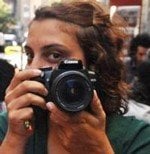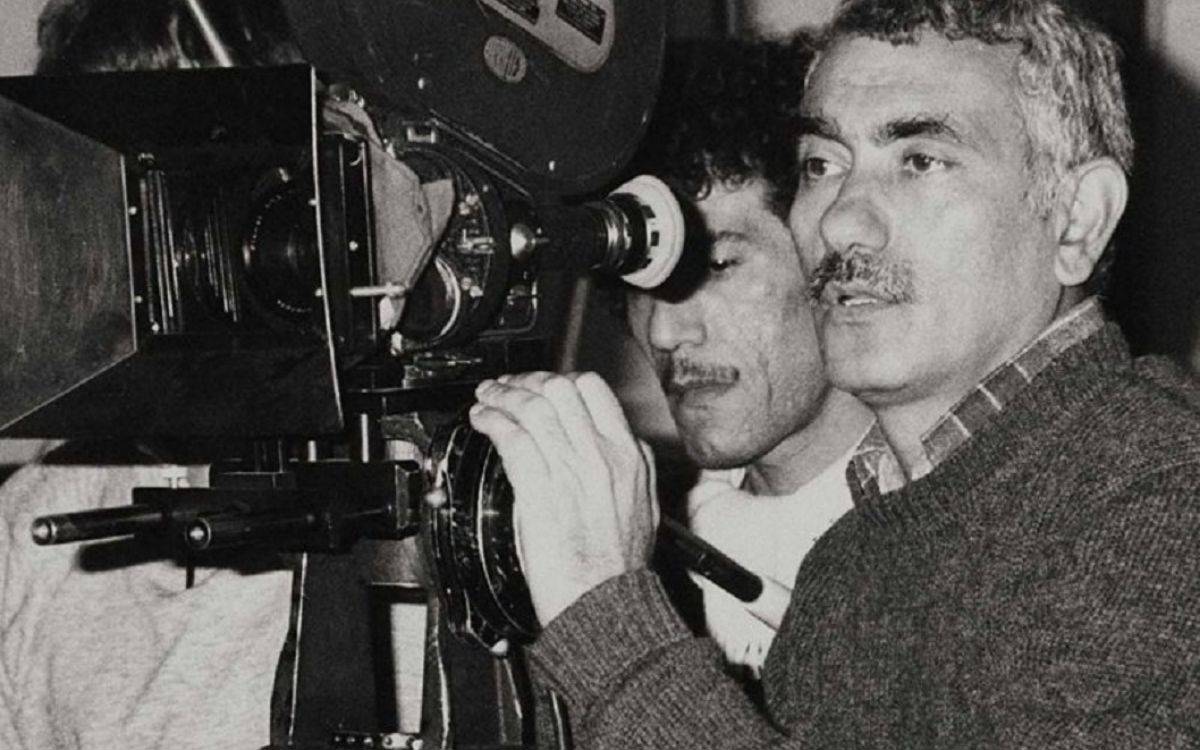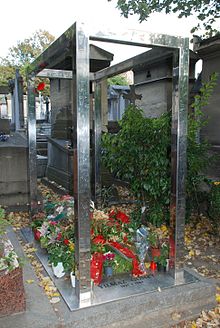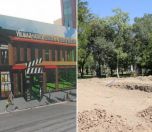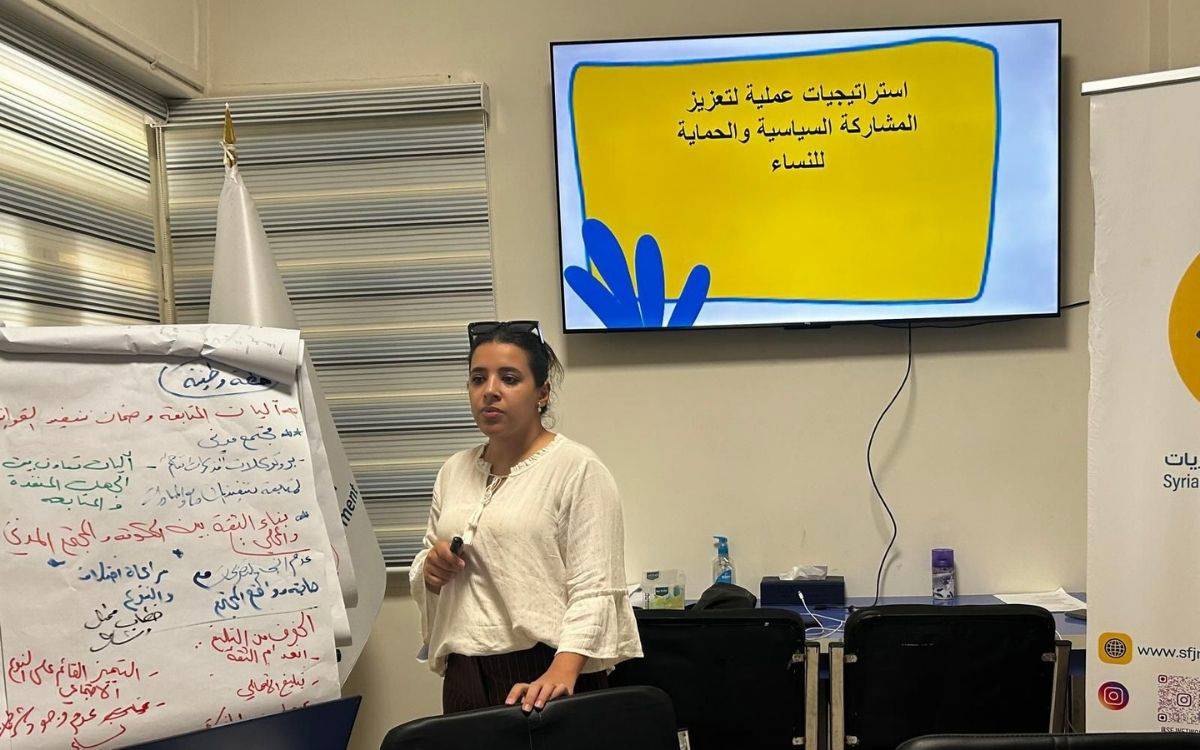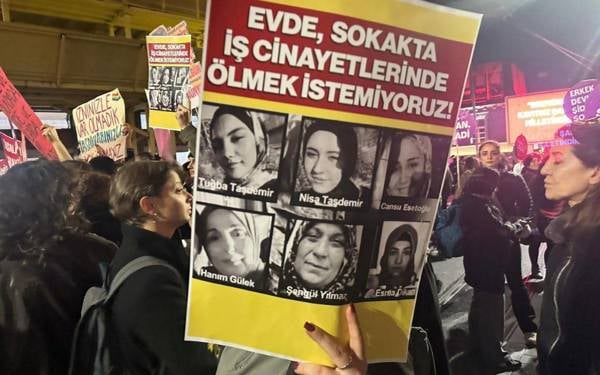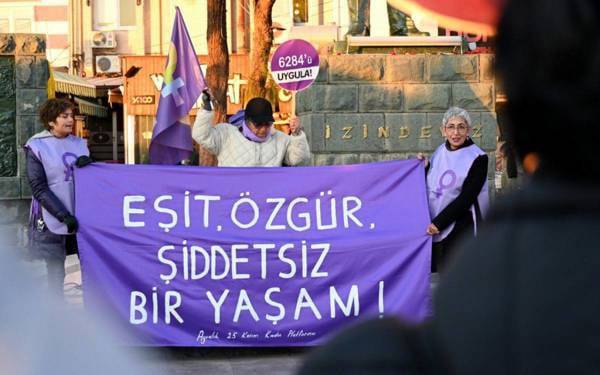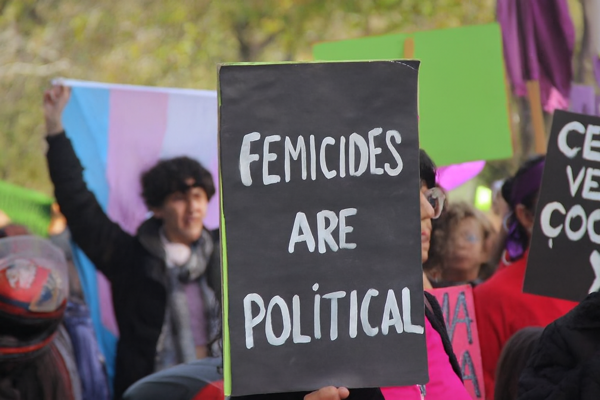Lawyer Bişar Abdi Alınak representing the family of director, actor, and screenwriter Yılmaz Güney has requested the opening of the grave of Judge Sefa Mutlu, who Güney had been convicted for the murder of and sentenced to 19 years in prison in 1974.
The lawyer has filed the application to the to Ankara 1st Heavy Penal Court and is requesting the opening of the grave located in the village of Suvermez in the Derinkuyu district of Nevşehir.
Yılmaz Güney was sentenced to 19 years of imprisonment for allegedly murdering Judge Sefa Mutlu in the district of Yumurtalık in Adana, where he had gone for the shooting of the film "Endişe" on September 13, 1974.
Sent to Isparta Semi-Open Prison to serve his sentence, Güney was granted permission to leave the prison on October 9, 1981.
He escaped to France and never returned. Güney, stripped of his citizenship in 1982, passed away in 1984 due to cancer.
Did the local court convict Güney of the wrong crime?
Even after the death of Yılmaz Güney, discussions about the incident known as the "Yumurtalık Case," which resulted in the death of Judge Sefa Mutlu, continued in the public eye.
The Güney family asserted that Yılmaz Güney was swiftly punished for a crime he did not commit due to his left-wing and socialist views.
Lawyers from the Alınak Law Firm reached the case file in which Yılmaz Güney was judged 49 years later, which revealed that the prison sentence given to Güney was a "legal and humanitarian tragedy."
Speaking to bianet, Lawyer Bişar Abdi Alınak said, "If he stayed within the limits of legitimate defense, the crime of causing death by exceeding the limits of intent may occur here. This legal provision establishes that he did not intentionally and knowingly commit murder."
If it is determined that in Yılmaz Güney's actions, the crime is not "Intentional homicide" but rather "causing death by exceeding the limits of intent," and this could lead to some legal implications.
Submitting a 14-page petition consisting of 17 articles detailing the events at the time, lawyer Alınak, who requested the opening of Judge Sefa Mutlu's grave also attached a drawing and report prepared by the Police Institute Forensic Expert Ertuğrul Korhan at that time, upon the request of the court.
The lawyer states in his petition that the information they obtained has been hidden from the public until now, they found out and that Güney has been portrayed as a "judge killer," using this to justify subjecting him to character assassination.
Lawyer Alınak argues that the points they will present to the court will demonstrate that Yılmaz Güney is not a "killer" and that the judges of that time, through biased judgment, rendered a decision "that will go down in world legal history as a legal absurdity."
"Before presenting all the suspicions arising from political interventions during the trial, revealing the truth through evidence can only and only be possible with the opening of the grave of the deceased Sefa Mutlu," he says.
Alınak also reminds in the petition that Yılmaz Güney was subjected to physical assault four times by relatives of Judge Sefa Mutlu, and Deputy Republic Prosecutor of Yumurtalık, Tuncer Aslan, who were not on duty at the time and who were heavily under the influence of alcohol.
"The unfortunate incident occurred during Mutlu's fourth attack on Güney with a chair. This fact was explicitly acknowledged by the court of that time," the petition mentions.
"The crucial part of the incident emerged here. As Yılmaz Güney was attacked with a chair, as clearly stated in the reasoned decision and expert reports, he was at least 80 cm above Judge Mutlu, due to a 20 cm height difference and being on a platform over 60 cm. However, the autopsy report determined that the bullet entered the victim in an upward direction.
The 1974 report by forensic expert
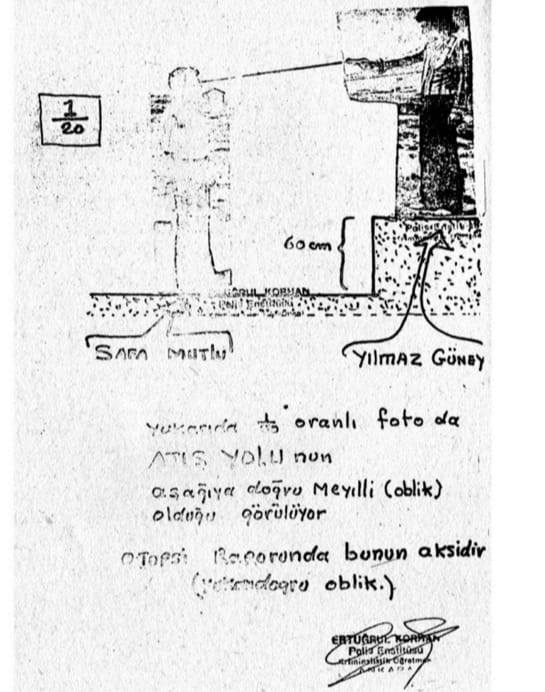
The drawing and report prepared by Police Institute Forensic Expert Ertuğrul Korhan upon the request of the court at the time were also attached to the petition.
This report states the following: "According to the findings made in the initial intervention and the autopsy report, the direction of the entry and exit holes indicates that the shot was inclined from bottom to top and from left to right. Ballistic and geometric examinations determined that the shot could not have been from top to bottom (due to the level difference between the deceased and the defendant Yılmaz Güney), according to the statements and reports in the file."
The petiition underlines that it is against the laws of physics for someone shot intentionally and deliberately by a person at a higher level to be hit in an upward direction. It recalls that the report highlights this contradiction, stating that it is understood from ballistic and geometric findings that the shot fired at the deceased Sefa Mutlu was made from bottom to top or, at most, from a level parallel to the ground.
The petition further states the following:
As seen, the occurrence of the incident cannot be explained without geometric and ballistic findings. In line with the reasons parallel to those stated in the mentioned report, the forensic institution also mentioned that an examination of the deceased's skull is necessary. Upon the court's inquiry about where the deceased is buried for this examination to be possible, the request was denied by Nuran Mutlu's lawyers, and the request was not accepted (Decision of Altındağ 2nd Heavy Penal Court dated 17.06.1975). However this means that the most crucial examination that could change the course of the case was never carried out by the court of that time without providing any reasons."
New evidence can be obtained
The petition emphasized that the current knowledge of criminology and forensic medicine has advanced significantly compared to 49 years ago. It was argued that, in order to resolve the mentioned contradiction as previously requested in the reports, it is necessary, according to the relevant articles of the Criminal Procedure Code, to open the grave of the deceased Sefa Mutlu and obtain new criminological evidence directly related to the legal nature of the case.
Yılmaz Güney's treatment was prevented
Ankara 1.Ağır Ceza Mahkemesine sunulan dilekçenin sonunda şu noktalara dikkat çekildi:
At the end of the petition submitted to Ankara 1st Heavy Penal Court, attention was drawn to the following points:
*After the irregularities described above and the subsequent decision, Yılmaz Güney, being a Kurdish revolutionary, spent years in prison, and unfortunately, during his time in prison, he was diagnosed with stomach cancer. He learned about his cancer diagnosis immediately upon going abroad for examination, started treatment, but it was conveyed to his family by doctors that it was too late.
* A life that ended after years of imprisonment and exile. Perhaps Yılmaz Güney would still be among us today.
"Significant test for Turkey"
* The "Yılmaz Güney is a Murderer Court" created 49 years ago robbed us and the world of art of many works that Yılmaz Güney would have contributed to in his life and in cinema. Therefore, facing this decision, which is the cause of the end of his life, is a significant test for Turkey.
* The accuracy or inaccuracy of the decision designed 49 years ago to label a distinguished artist dedicated to brotherhood and the true revolution of peoples as a "murderer" can only be determined through the exhumation of the grave. This is the only way to reach the truth and justice.
* Our arguments are correct and decisive. In order for us to prove our case, our request needs to be fulfilled. Moving from the saying "Who runs away from the scale is the thief," the Turkish judiciary must either accept our request for exhumation, face the consequences of the sin, and confront the truth, or it becomes an accomplice in the legal murder committed 49 years ago by avoiding the facts.
(EMK/PE)
About Yılmaz Güney Yılmaz Güney (1937 – 1984) was a Kurdish film director, screenwriter, novelist, and actor. He quickly rose to prominence in the Turkish film industry. Many of his works were devoted to the plight of ordinary working-class people in Turkey. Güney won the Palme d'Or at the Cannes Film Festival in 1982 for the film Yol (The Road) which he co-produced with Şerif Gören. He was at constant odds with the Turkish government over the portrayal of Kurdish culture, people and language in his movies. After being convicted of killing judge Sefa Mutlu in 1974 (a charge which he denied), Güney fled the country and was later stripped of his citizenship. A year before his death in 1983, he co-founded the Kurdish Institute of Paris together with the Kurdish poets Cegerxwîn and Hejar among others. Yılmaz Güney died of gastric cancer in 1984, in Paris, France.
(Grave of Yılmaz Güney at Père Lachaise Cemetery, Paris) Source: Wikipedia |
(EMK/PE)




